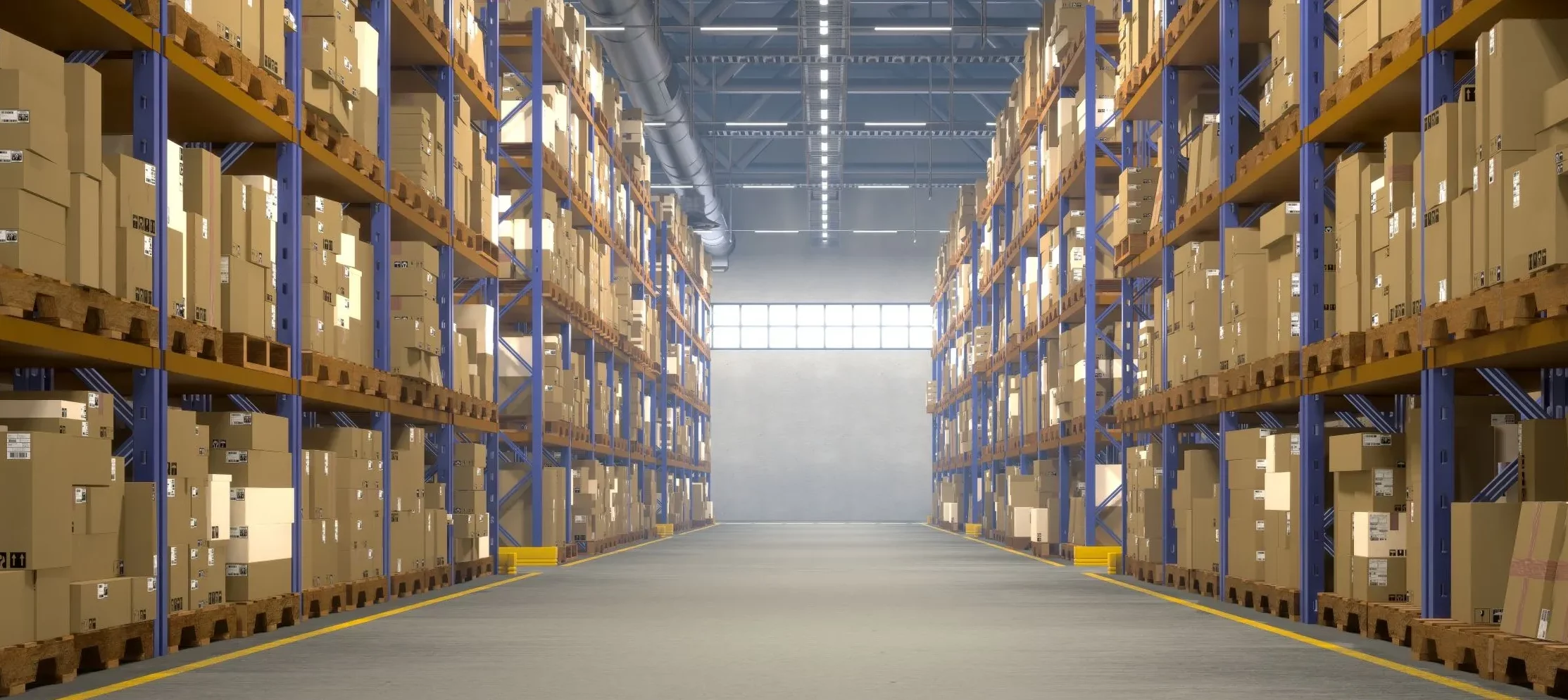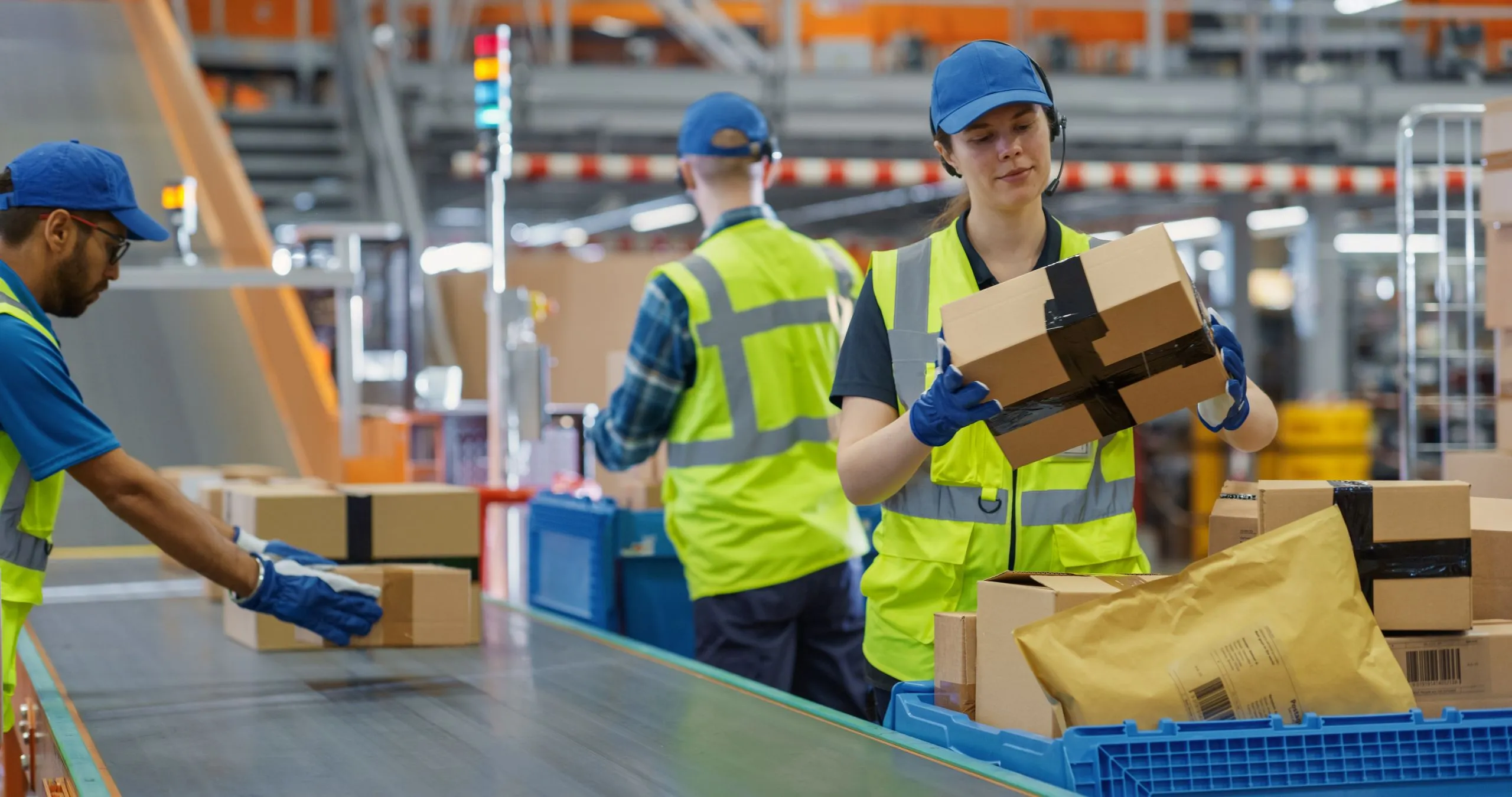In the e-commerce industry, understanding logistics operations is essential to running a successful business. Two commonly used but often misunderstood terms are fulfillment and shipping. Though they are closely related and work hand in hand, each refers to a distinct phase in the e-commerce logistics chain. Misunderstanding the differences between fulfillment and shipping can lead to inefficiencies, increased costs, and poor customer satisfaction. This article explores what each term means, their respective roles, and how they work together to ensure a seamless customer experience.
Understanding the Basics of Fulfillment and Shipping
What Does Fulfillment Mean in E-commerce?
Fulfillment refers to the entire process of handling an order after a customer makes a purchase online. This includes everything from receiving the order in the system, processing it, picking and packing the items, to preparing it for shipment. The process begins with inventory management in the warehouse, where stock is tracked and updated in real-time. Once an order is received, fulfillment staff locate the product (order picking), conduct quality control checks, and package it appropriately. Labels and shipping documents are then added before the package is handed off to the shipping carrier. In short, fulfillment is about getting the order ready to be shipped accurately and efficiently.
What Is Shipping and How It Works
Shipping is the final stage of the fulfillment process, involving the physical transportation of the packaged goods from the warehouse to the customer’s doorstep. This includes selecting a carrier service, determining the shipping method (standard, express, same-day, etc.), and coordinating with logistics networks to ensure on-time delivery. The shipping process also encompasses tracking, transit, customs handling (for international orders), and final delivery confirmations. While fulfillment focuses on preparation, shipping handles execution—moving the product from point A to point B.

The Role of Fulfillment in Order Management
How Fulfillment Prepares Orders Before Shipping
The effectiveness of any shipping operation depends heavily on how well fulfillment is executed. The order picking process ensures that the right items are selected, checked, and packed securely to prevent damage during transit. Proper labeling and documentation ensure packages are routed correctly and comply with carrier requirements. Additionally, quality control measures during fulfillment reduce return rates and errors, leading to a better overall delivery experience.
Coordination Between Fulfillment and Shipping Teams
For smooth operations, logistics coordination between fulfillment centers and shipping carriers is crucial. Once the order is packed and labeled, the fulfillment team must ensure a seamless handoff to the carrier, complete with digital tracking and real-time updates. Integrated systems like WMS (Warehouse Management Systems) and APIs help sync data between platforms, ensuring transparency throughout the delivery lifecycle.
How Fulfillment Enhances Delivery Experience
Fulfillment is not just about processing orders—it directly affects customer satisfaction. Accurate order picking, professional packaging, and timely dispatch contribute to a smoother delivery process. This stage sets the tone for the final mile, enabling faster shipping, fewer delays, and a more positive post-purchase experience. When executed well, fulfillment becomes a key driver of brand loyalty and repeat sales.
Shipping: The Final Step in the Fulfillment Process
Domestic vs International Shipping
Shipping strategies vary significantly depending on whether the order is domestic or international. Domestic shipping usually involves predefined zones and predictable timelines. International shipping, on the other hand, includes complexities like customs documentation, cross-border carrier partnerships, and regional regulations. Selecting the right international logistics provider ensures that orders reach global customers reliably, despite longer distances and border controls.
Common Shipping Methods and Carriers
E-commerce businesses typically offer a range of shipping methods to meet different customer needs. These include standard shipping for cost-conscious buyers, express delivery for urgent orders, and same-day shipping for localized, high-demand products. Each method has its trade-offs in terms of cost and speed. Carriers like DHL, UPS, FedEx, and local postal services play key roles in delivering these services reliably.
Tracking and Delivery Updates
Providing customers with real-time order tracking is now a basic expectation. Shipment notifications, delivery estimates, and tracking links help build trust and keep customers informed throughout the process. This visibility not only improves the delivery experience but also reduces customer service inquiries, making it a win-win for both businesses and buyers.
Key Differences Between Fulfillment and Shipping
Scope of Operations
Fulfillment covers multiple stages of the order lifecycle, including inventory management, order processing, packaging, and labeling. Shipping, by contrast, refers solely to the transportation stage after an order has been fulfilled. In short, fulfillment is everything that happens before the package leaves the warehouse; shipping is everything that happens after.
Responsibility and Process Ownership
Fulfillment providers are typically responsible for warehousing, order accuracy, and readiness. Shipping carriers are responsible for delivery execution. In some cases, especially with 3PLs (Third-Party Logistics), fulfillment and shipping services may be bundled together. However, each party plays a distinct role and may operate on separate systems and timelines.
Cost, Timing, and Customer Impact
Fulfillment costs often include storage fees, labor, and materials, while shipping costs depend on package size, weight, distance, and delivery speed. Delays or errors in either phase can negatively affect customer satisfaction. While fulfillment sets the foundation for a successful delivery, shipping ensures that the product reaches its destination.
How Businesses Can Optimize Fulfillment and Shipping Together
Using Technology to Connect Fulfillment and Shipping
Modern e-commerce operations rely on automation and integration to bridge fulfillment and shipping. API connections between e-commerce platforms, fulfillment centers, and carriers allow for real-time tracking, inventory syncing, and performance analytics. Fulfillment software like ShipStation or ShipBob enables businesses to manage orders across multiple sales channels seamlessly.
Partnering with Reliable Fulfillment Providers
Choosing the right fulfillment partner is critical for long-term scalability. A reliable 3PL partner not only handles warehousing and packing but also offers shipping carrier integrations, negotiated rates, and advanced tracking. By outsourcing to professional fulfillment providers, businesses can focus on growth, marketing, and product development instead of logistics.
Streamlining Returns and Post-Delivery Processes
Efficient reverse logistics is a vital part of the customer journey. From automated return labels to real-time refund notifications, fulfillment and shipping systems must work together to make returns hassle-free. Businesses that manage post-delivery experiences well enjoy higher retention rates and more loyal customers.
Fulfillment and Shipping Costs Explained
Factors Affecting Fulfillment Costs
Fulfillment expenses are influenced by warehouse space, storage duration, labor requirements, and packaging materials. Seasonal demand spikes or inefficient inventory layouts can drive up costs. Investing in smarter warehouse design and technology can help reduce unnecessary expenses.
Factors Affecting Shipping Costs
Shipping costs fluctuate based on several variables: shipping zones, delivery method, package dimensions, and carrier pricing models. International orders often come with customs fees and longer transit times, which increase total shipping costs. Understanding these factors helps businesses offer the right shipping options without eroding profit margins.
How to Reduce Overall Logistics Expenses
Businesses can lower costs by batching shipments, negotiating bulk shipping discounts, and optimizing warehouse locations based on customer demographics. Using predictive analytics can also help forecast demand and adjust logistics strategies proactively, preventing overstocking and late shipments.
Future Trends in Fulfillment and Shipping
Automation and Robotics in Warehousing
The future of fulfillment lies in robotic automation, where smart systems handle picking, sorting, and packing with minimal human intervention. AI-driven warehouse management increases efficiency, reduces labor costs, and shortens order processing times, allowing faster shipping.
Green Shipping and Sustainable Fulfillment
Sustainability is no longer optional. Eco-friendly packaging, carbon-neutral shipping programs, and electric delivery fleets are becoming industry standards. Consumers increasingly prefer brands that show environmental responsibility throughout the logistics chain.
Data-Driven Delivery Optimization
Predictive analytics and AI-driven logistics platforms now allow businesses to make smarter decisions about shipping routes, inventory distribution, and customer communication. With real-time logistics insights, companies can reduce delays, optimize costs, and elevate customer experience.





